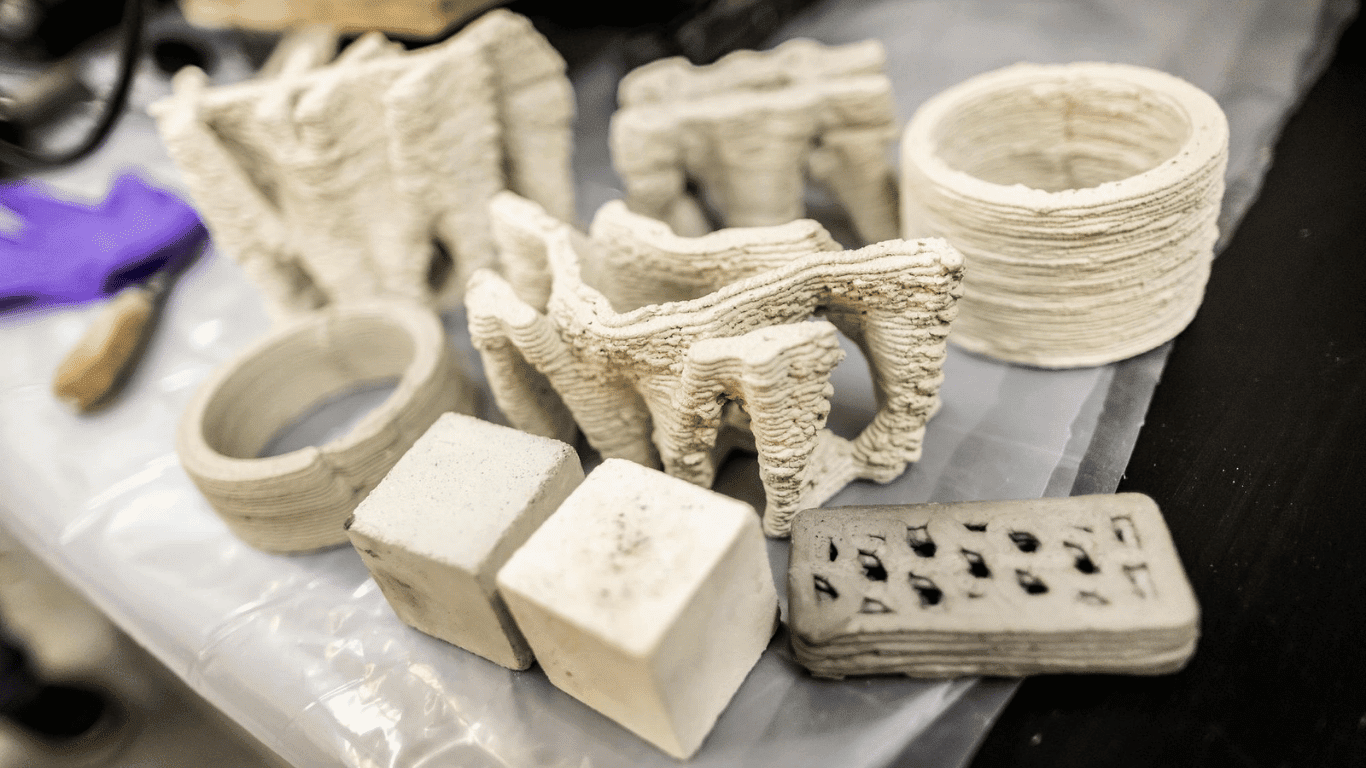The earliest use of a prosthetic was, believe it or not, a big toe that was made of wood and leather. Dating back to between 930-710 BC in Egypt, we can only assume that the importance of sandals in Egyptian culture led to the need for the new appendage. Believe it or not, only recently have we begun making prosthetics out of materials beyond wood and metal. And modern prosthetics can perform amazing tasks.

For example, the Defense Advanced Research Projects Agency has been working on a robotic arm that attaches itself to the sensory cortex of the patient. Aside from completing tasks like pinching and pointing, this allows the patient to touch and feel with their hand. It’s not perfect, as some sensations can’t be detected at all, but it restores the sense of touch that most prosthetic users must forgo.
In the same vein is a robot arm built for James Young, a gamer who lost his arm and leg in a train accident. The arm, weighing in at ten pounds, is packed with the latest tech- a USB port, smartwatch functions, a flashlight, and even a miniature drone. Beyond giving Young a second chance at his hobby, it also helped promote a game itself. The construction of the limb was sponsored by Konami, creators of the Metal Gear Solid franchise. The arm even appears on the protagonist of the series, with the real-world counterpart built by Open Bionics.

Of course, prosthetics aren’t limited to just major limbs. Even voices can be recreated using prosthetic voice boxes. Unlike artificial and robotic synthesizers most are familiar with, these use air pushed up from the lungs to create a vibration that can be interpreted as words. Invented by Dr. Vishal Rao, he hopes to give throat cancer patients a second chance at speaking, even if the range is limited. Most incredibly is the cost- each voice box, which involves no electronics, costs less than $1.
3D printing has also drastically lowered costs for prosthetics while also opening up a world of aesthetic options. Patients can opt to have cutouts or patterns printed directly onto their artificial limbs, giving them a sense of personality and style. They can be as inconspicuous or daring as they want. This may not sound like much, but to the patient, it gives them a choice to truly make their replacement limbs as unique as they are.
Influence the future and follow our World of Innovation.







